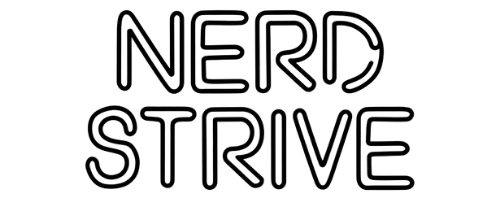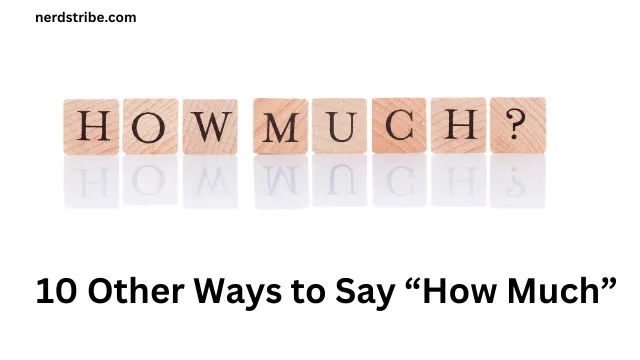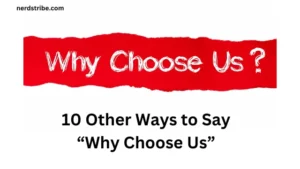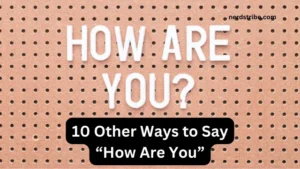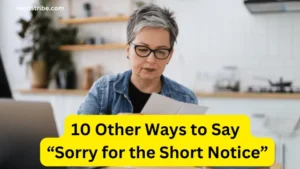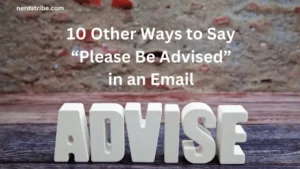Language is more than just a way to communicate—it’s a tool to express tone, context, and personality. A simple phrase like “How much” may seem sufficient, but relying on it too often can make your speech feel repetitive or even lackluster.
Imagine elevating your conversations by adding variety to this everyday query, making your language richer and more engaging. Whether you’re negotiating in a business meeting, casually shopping, or asking about quantities in a recipe, using the right phrase can make all the difference.
Different situations call for different tones—formal, informal, or even playful. Expanding your vocabulary allows you to better express intent and maintain the flow of conversation while leaving a lasting impression.
In this blog, we’ll explore 10 versatile alternatives to “How much” that suit various settings and purposes. Whether you’re asking about costs, quantities, or something more abstract, these alternatives will help you sound more polished and thoughtful. Let’s dive into how you can refine your communication skills with these simple changes.
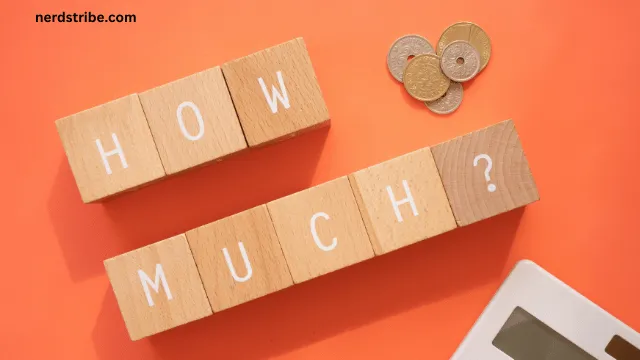
Contents
- 1 1. “What’s the cost of…?”
- 2 2. “How many are there?”
- 3 3. “What’s the price tag on that?”
- 4 4. “What’s the going rate?”
- 5 5. “How much does it go for?”
- 6 6. “What’s the damage?”
- 7 7. “To what extent…?”
- 8 8. “What’s the magnitude of…?”
- 9 9. “What’s the tally?”
- 10 10. “What does it set you back?”
- 11 Conclusion
- 12 FAQs
- 12.1 Why is it important to find alternatives to “How much”?
- 12.2 Are these alternatives appropriate for formal settings?
- 12.3 Can I use idiomatic expressions in business settings?
- 12.4 How can I choose the right alternative to “How much”?
- 12.5 Are these phrases useful across different cultures?
- 12.6 How can I practice using these alternatives?
1. “What’s the cost of…?”
- Why it works: It’s straightforward and professional, ideal for formal transactions.
- Example: “What’s the cost of adding this service to my package?”
2. “How many are there?”
- Why it works: This alternative is perfect for inquiring about countable items.
- Example: “How many tickets are left for the concert?”
3. “What’s the price tag on that?”
- Why it works: This casual phrase adds personality to your inquiry.
- Example: “What’s the price tag on that jacket?”
4. “What’s the going rate?”
- Why it works: Commonly used in financial or business contexts to ask about current prices.
- Example: “What’s the going rate for freelance web design?”
5. “How much does it go for?”
- Why it works: A casual and conversational way to ask about cost.
- Example: “How much does this phone model go for these days?”

6. “What’s the damage?”
- Why it works: This playful idiom adds a fun twist to asking about cost.
- Example: “What’s the damage for dinner tonight?”
7. “To what extent…?”
- Why it works: Useful for abstract or non-material inquiries, emphasizing degree or intensity.
- Example: “To what extent will this impact our project timeline?”
8. “What’s the magnitude of…?”
- Why it works: Ideal for technical or scientific discussions about scale or size.
- Example: “What’s the magnitude of the earthquake recorded?”
9. “What’s the tally?”
- Why it works: A succinct way to ask for a total, whether it’s numbers or expenses.
- Example: “What’s the tally for the groceries?”
10. “What does it set you back?”
- Why it works: Informal and idiomatic, often used when discussing big expenses.
- Example: “What did that vacation set you back?”
Conclusion
When it comes to communication, the way you ask a question can change the tone and direction of the conversation. The alternatives to “How much” we’ve explored here are tools to help you adapt your language to different scenarios, making your interactions more dynamic and effective.
Using varied phrases shows thoughtfulness, professionalism, and creativity. It can help you sound more articulate in formal settings and more personable in casual ones. Whether you’re talking business, chatting with friends, or simply trying to express yourself better, the right words can open up a world of possibilities.
Experiment with these alternatives and watch how they transform your interactions. Language isn’t just about the words we use; it’s about the connections we build. By diversifying your vocabulary, you’re taking a step toward more meaningful and memorable conversations.
FAQs
Why is it important to find alternatives to “How much”?
Using varied language makes communication more engaging, avoids repetition, and helps convey the right tone in different situations.
Are these alternatives appropriate for formal settings?
Yes! Options like “What’s the cost of…?” or “To what extent…?” are excellent for formal or professional conversations.
Can I use idiomatic expressions in business settings?
Idioms like “What’s the damage?” or “What does it set you back?” are better suited for casual contexts, but always consider your audience.
How can I choose the right alternative to “How much”?
Consider the context and the relationship you have with the person. For example, formal alternatives work for business, while informal ones fit friendly chats.
Are these phrases useful across different cultures?
Some idiomatic expressions may not translate well, so it’s essential to understand cultural nuances before using them in international settings
How can I practice using these alternatives?
Start by incorporating them into daily conversations. For example, replace “How much” with “What’s the going rate?” when discussing costs with friends.
